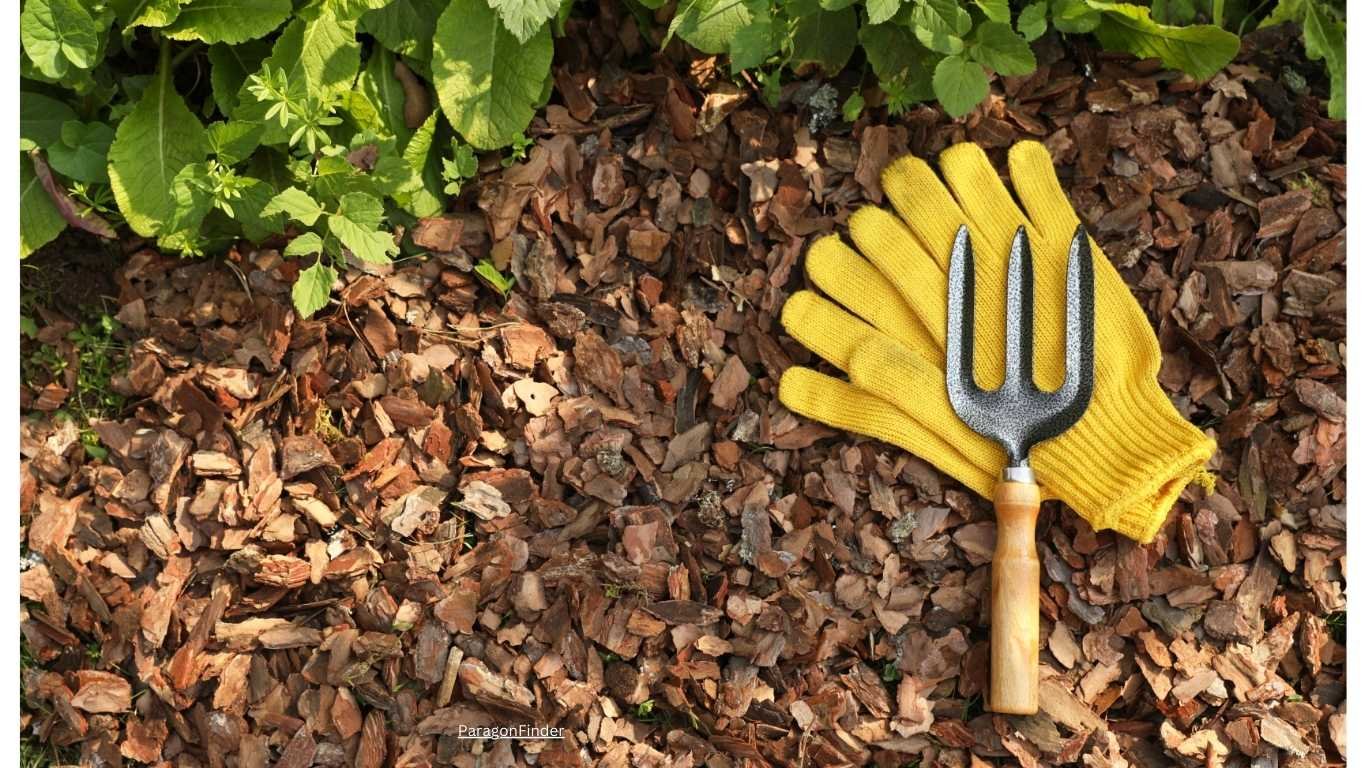Gardening is a delightful and therapeutic activity, connecting us to nature and providing fresh produce or beautiful flowers. However, one of the most persistent challenges gardeners face is dealing with weeds. These unwanted plants compete with our cherished crops for nutrients, water, and sunlight. While there are numerous tools designed specifically for weeding, sometimes the simplest tools prove to be the most effective. One such tool is a common household fork. In this article, we’ll explore the benefits of using a fork for weeding, share personal experiences, and provide practical tips for getting the most out of this handy gardening tool.

Why Use a Fork for Weeding?
Versatility and Availability
A fork is a versatile tool that most people already have in their kitchens. Unlike specialized weeding tools, you don’t need to invest in additional equipment. The tines of a fork are perfect for reaching deep into the soil to loosen and remove weeds, especially those with long taproots.
Precision and Control
Using a fork for weeding allows for greater precision and control compared to larger tools. You can navigate around delicate plants without causing damage. This is particularly useful in tightly packed flower beds or vegetable gardens where space is at a premium.
Eco-Friendly Option
Weeding with a fork is an eco-friendly alternative to chemical herbicides. It allows you to remove weeds manually without introducing harmful substances into the environment. This is better for your garden’s ecosystem and contributes to sustainable gardening practices.
My Personal Experience Using a Fork for Weeding
Discovering the Method
I first discovered the effectiveness of using a fork for weeding quite by accident. One sunny morning, I was tending to my herb garden when I realized I had misplaced my weeding tool. Determined to continue my work, I grabbed a sturdy kitchen fork and decided to give it a try. To my surprise, it worked wonderfully!
Getting the Technique Right
Initially, I was skeptical about how effective a fork could be. However, I quickly learned that the key is to use a gentle rocking motion. Inserting the fork into the soil near the base of the weed and rocking it back and forth helped to loosen the soil around the roots. This made it much easier to pull the entire weed out, roots and all.
Tackling Stubborn Weeds
One of the biggest challenges in my garden is dealing with dandelions. Their long taproots make them particularly difficult to remove. However, I found that using a fork for weeding was especially effective for these stubborn plants. By inserting the fork deeply into the soil and working it around the taproot, I was able to remove even the most tenacious dandelions without leaving root fragments behind.
Tips for Using a Fork for Weeding
Choose the Right Fork
Not all forks are created equal when it comes to weeding. Look for a fork with strong, sturdy tines that can withstand the pressure of digging into the soil. A metal fork is generally more durable than a plastic one.
Timing Matters
Weeding is easiest when the soil is moist. After a rainfall or watering your garden, the soil becomes looser, making it easier to insert the fork and remove weeds. Dry, compacted soil can be more challenging to work with and may require more effort.
Mind Your Technique
To avoid damaging your plants, insert the fork a few inches away from the base of the weed. Use a gentle rocking motion to loosen the soil before attempting to pull the weed out. This helps to ensure that you remove the entire root system, preventing regrowth.
Regular Maintenance
Weeding is an ongoing task in any garden. By using a fork for weeding regularly, you can keep on top of weed growth and maintain a healthier garden. A few minutes of weeding each week can prevent small weeds from becoming larger, more difficult problems.
Benefits of Regular Weeding
Healthier Plants
Weeds compete with your plants for essential nutrients, water, and sunlight. By regularly removing weeds, you ensure that your plants have access to the resources they need to thrive. This results in healthier, more vigorous growth.
Improved Garden Aesthetics
A weed-free garden is not only healthier but also more visually appealing. Removing weeds keeps your garden looking neat and tidy, showcasing the beauty of your flowers, vegetables, and herbs.
Pest and Disease Control
Weeds can harbor pests and diseases that can spread to your cultivated plants. By keeping your garden weed-free, you reduce the risk of pest infestations and disease outbreaks, contributing to a healthier garden environment.
Alternative Weeding Tools
Traditional Weeding Tools
While using a fork for weeding is effective, there are also traditional weeding tools designed specifically for this task. Hand weeders, hoes, and trowels are commonly used in gardens and offer various benefits. However, they can sometimes be less precise and more cumbersome to use in tight spaces.
Mulching
Another effective method for weed control is mulching. Applying a layer of mulch around your plants helps to suppress weed growth by blocking sunlight. Mulch also retains soil moisture and can improve soil health over time.
Manual Weeding Techniques
In addition to using tools, manual weeding techniques such as hand-pulling can be effective, especially for small weeds. However, this method can be time-consuming and labor-intensive, particularly in larger gardens.
Combining Methods for Best Results
Integrated Weed Management
For the best results, consider combining different weeding methods. Using a fork for weeding in conjunction with mulching and traditional tools can help you maintain a weed-free garden more efficiently. This integrated approach allows you to tackle weeds from multiple angles, improving overall garden health.
Preventative Measures
In addition to active weeding, taking preventative measures can reduce weed growth. Regularly inspecting your garden, promptly removing young weeds, and maintaining healthy soil conditions can all contribute to fewer weeds and less work in the long run.
Conclusion
Using a fork for weeding is a simple, yet highly effective method for maintaining a healthy and beautiful garden. This versatile tool offers precision and control, making it ideal for delicate and tightly packed garden spaces. Through personal experience, I’ve found that a fork can tackle even the most stubborn weeds, ensuring that they are removed completely.
By incorporating a fork into your weeding routine and combining it with other weeding methods, you can enjoy a lush, thriving garden with minimal effort. So next time you find yourself battling weeds, reach for a fork and experience the benefits of this handy gardening tool for yourself.

